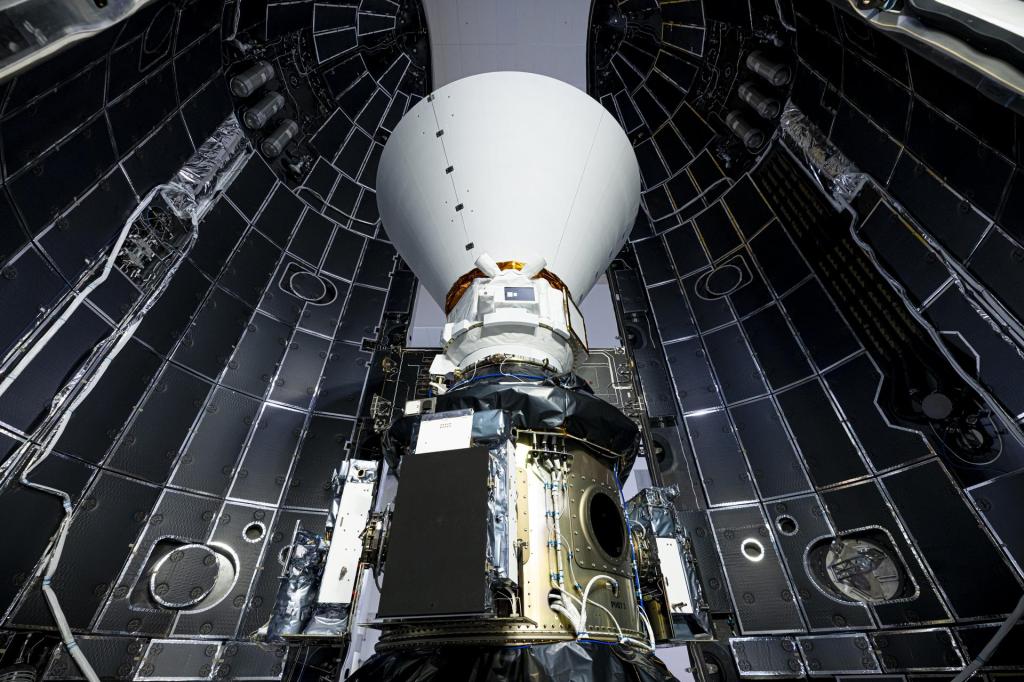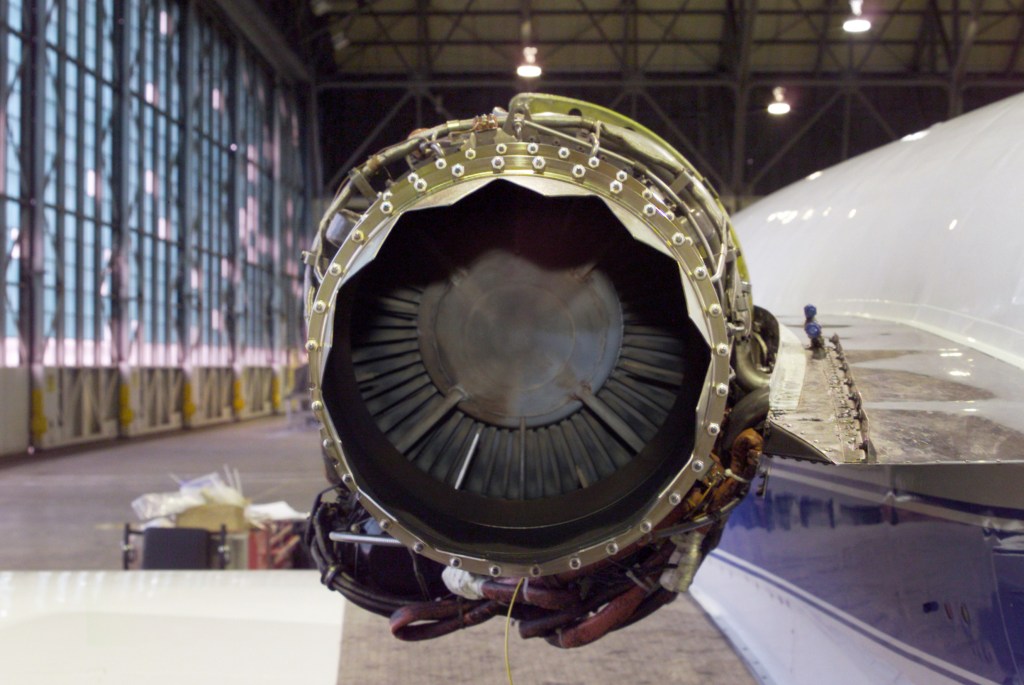Today’s plan covers the ten sols that span the holidays here on Earth, enabling Curiosity to keep exploring Gale crater while the scientists and engineers that guide her every move get a well-deserved break.
Today’s plan covers the ten sols that span the holidays here on Earth, enabling Curiosity to keep exploring Gale crater while the scientists and engineers that guide her every move get a well-deserved break. Most of those sols contain only REMS weather and RAD radiation monitoring activities, as these regular measurements are easy to plan and relatively low risk to the rover operating for many sols without the team checking in regularly. Three of the sols of the holiday contain more extensive activities, including a drive to the edge of the “Sands of Forvie” sand sheet that Curiosity will study more extensively to start the new year. So while the sand and ripples that cap the Sands of Forvie evoke a beach vacation, the holiday will not be all relaxation for Curiosity. At least she will have a lovely view...
The first sol of the plan starts with surveying the bedrock and sand in the rover workspace with both ChemCam and Mastcam. ChemCam will shoot representative bedrock at “Buness,” bedrock and a prominent white vein at “Aithsting,” and a small sand ripple among the bedrock blocks at “Trodra.” These analyses will help us keep track of how rock and sand chemistry change as we approach the “Sands of Forvie” sand sheet that looms just off in the distance of the above image. Mastcam will acquire a large mosaic covering the blocks around the rover to get a detailed look at the structures and alteration features in the bedrock, in addition to imaging two other bedrock blocks, “Quothquan” and “Elishader,” that each exhibit interesting textures. ChemCam then turns its eyes upward to acquire a long distance RMI mosaic of sulfate-bearing layers found within the portion of Mount Sharp that makes up the next major phase of Curiosity’s exploration.
Next, Curiosity will drive toward the Sands of Forvie, where she will spend the majority of the holiday. ChemCam will acquire two autonomously-targeted rasters off to the starboard side of the rover. Mastcam and MARDI will watch for wind-induced changes in the sand around and under the rover, respectively. DAN will search for hydrogen in the subsurface under the rover in active mode right after the drive, and in passive mode later during our beach stay. The rest of the observations Curiosity acquires will be pointed skyward. Both early morning and near midday, Navcam and Mastcam will measure the amount of dust in the atmosphere, and Navcam will shoot dust devil movies. Early and mid-morning, Navcam will acquire movies to look for clouds overhead. ChemCam will collect a passive spectral observation of the atmosphere, and APXS will analyze atmospheric argon.
Written by Michelle Minitti, Planetary Geologist at Framework



































